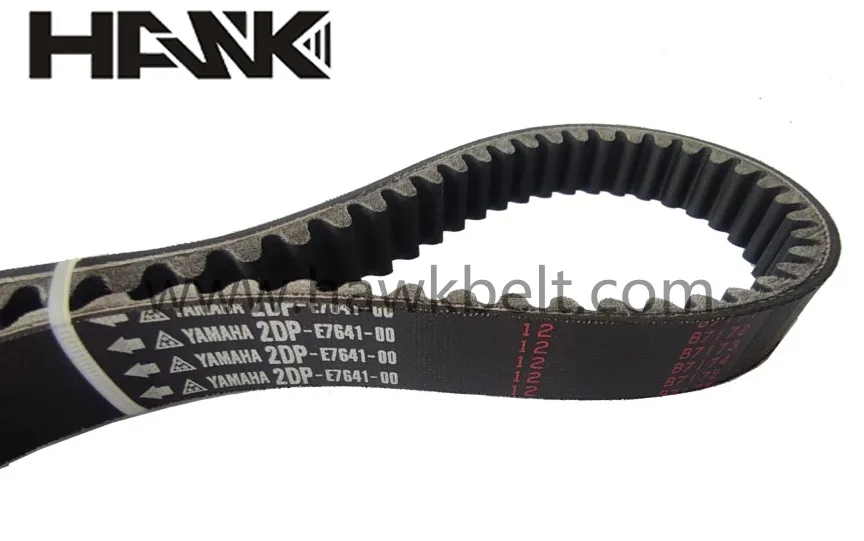- Arabic
- French
- Russian
- Spanish
- Portuguese
- Turkish
- Armenian
- English
- Albanian
- Amharic
- Azerbaijani
- Basque
- Belarusian
- Bengali
- Bosnian
- Bulgarian
- Catalan
- Cebuano
- Corsican
- Croatian
- Czech
- Danish
- Dutch
- Afrikaans
- Esperanto
- Estonian
- Finnish
- Frisian
- Galician
- Georgian
- German
- Greek
- Gujarati
- Haitian Creole
- hausa
- hawaiian
- Hebrew
- Hindi
- Miao
- Hungarian
- Icelandic
- igbo
- Indonesian
- irish
- Italian
- Japanese
- Javanese
- Kannada
- kazakh
- Khmer
- Rwandese
- Korean
- Kurdish
- Kyrgyz
- Lao
- Latin
- Latvian
- Lithuanian
- Luxembourgish
- Macedonian
- Malgashi
- Malay
- Malayalam
- Maltese
- Maori
- Marathi
- Mongolian
- Myanmar
- Nepali
- Norwegian
- Norwegian
- Occitan
- Pashto
- Persian
- Polish
- Punjabi
- Romanian
- Samoan
- Scottish Gaelic
- Serbian
- Sesotho
- Shona
- Sindhi
- Sinhala
- Slovak
- Slovenian
- Somali
- Sundanese
- Swahili
- Swedish
- Tagalog
- Tajik
- Tamil
- Tatar
- Telugu
- Thai
- Turkmen
- Ukrainian
- Urdu
- Uighur
- Uzbek
- Vietnamese
- Welsh
- Bantu
- Yiddish
- Yoruba
- Zulu
اکتوبر . 10, 2024 01:11 Back to list
Understanding the Importance of Automotive Drive Belts in Vehicle Performance and Maintenance
Understanding Automotive Drive Belts Essential Components for Vehicle Performance
Drive belts are critical components within automotive systems, playing a vital role in ensuring that various engine functions operate smoothly and efficiently. These flexible bands are made from durable materials and are designed to transfer power between different parts of the engine. This article will explore the different types of drive belts, their functions, and the importance of regular maintenance.
Understanding Automotive Drive Belts Essential Components for Vehicle Performance
The timing belt, on the other hand, plays a more specialized role. It is responsible for synchronizing the rotation of the crankshaft and camshaft, ensuring that the valves open and close at the correct timing in relation to the piston movement. This precise timing is crucial for engine performance and helps prevent catastrophic engine failure due to misalignment. Timing belts are typically made of high-quality rubber and reinforced with materials like fiberglass, providing the durability necessary for their demanding job.
automotive drive belts

Regular maintenance of drive belts is crucial for vehicle longevity and performance. Over time, belts can experience wear and tear due to exposure to heat, oil, and other harsh elements. Signs of a failing drive belt include visible cracks, fraying edges, or a squeaking sound during engine operation. Ignoring these warning signs can lead to belt failure, resulting in a breakdown of the accessory systems or even serious engine damage.
To maintain optimal performance, it's recommended to inspect the drive belts regularly, ideally during routine oil changes or service appointments. Most automotive experts suggest replacing the serpentine and timing belts according to the manufacturer's guidelines, which can vary but typically range between 60,000 to 100,000 miles. Staying proactive about belt maintenance can save drivers from costly repairs and ensure the vehicle operates smoothly.
In addition to ensuring your drive belts are in good condition, it is essential to understand the role they play in overall vehicle efficiency. A worn or damaged belt can lead to decreased fuel efficiency and increased emissions, both of which can impact the performance of the vehicle and the environment.
In conclusion, automotive drive belts are indispensable components that significantly affect vehicle performance. Understanding their types, functions, and the importance of regular maintenance is vital for any vehicle owner. Proper attention to these belts can lead to enhanced performance, better fuel efficiency, and an overall smoother driving experience. Therefore, make it a priority to keep these crucial parts in optimal condition to enjoy the benefits of a well-maintained vehicle.
-
Korean Auto Parts Timing Belt 24312-37500 For Hyundai/Kia
NewsMar.07,2025
-
7PK2300 90916-T2024 RIBBED BELT POLY V BELT PK BELT
NewsMar.07,2025
-
Chinese Auto Belt Factory 310-2M-22 For BMW/Mercedes-Benz
NewsMar.07,2025
-
Chinese Auto Belt Factory 310-2M-22 For BMW/Mercedes-Benz
NewsMar.07,2025
-
90916-02660 PK Belt 6PK1680 For Toyota
NewsMar.07,2025
-
drive belt serpentine belt
NewsMar.07,2025

